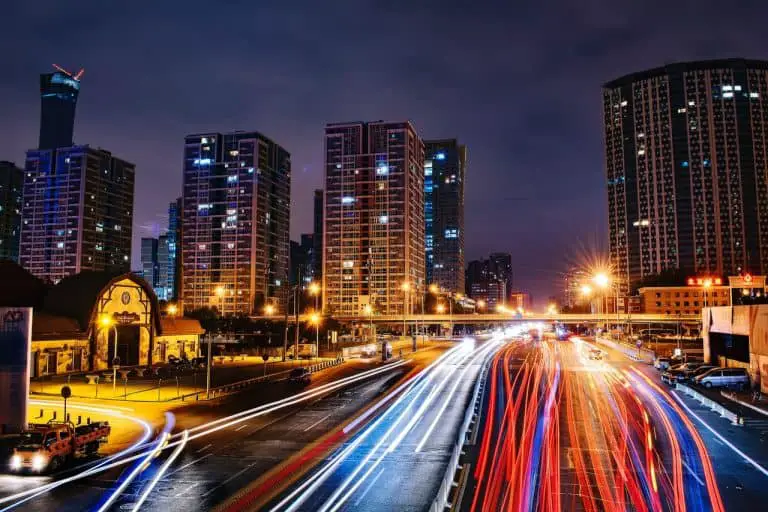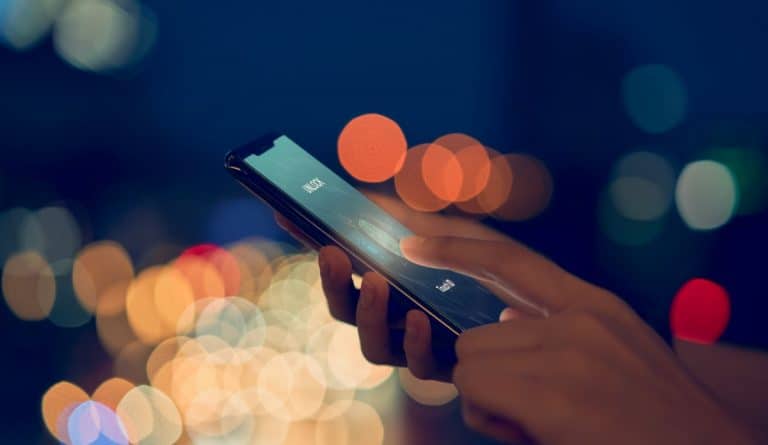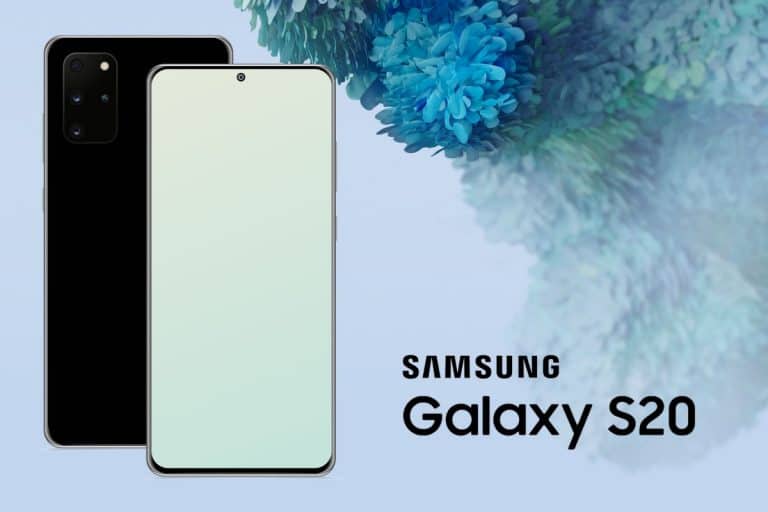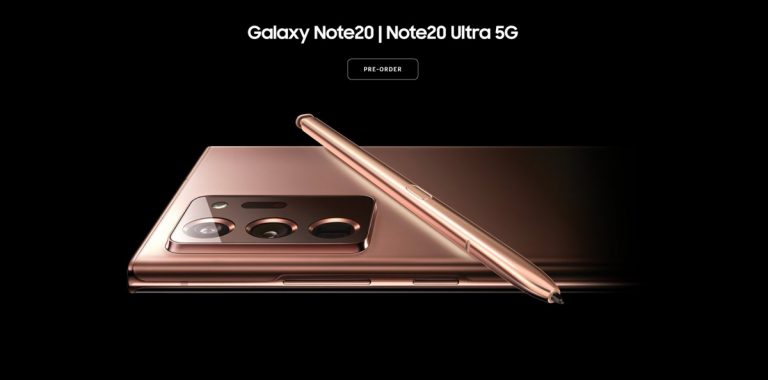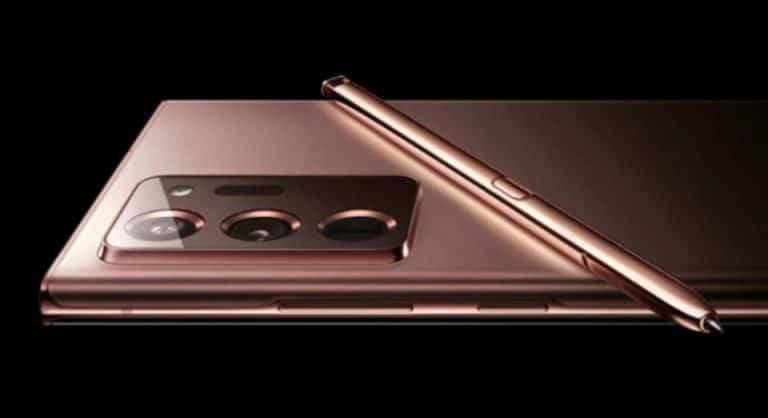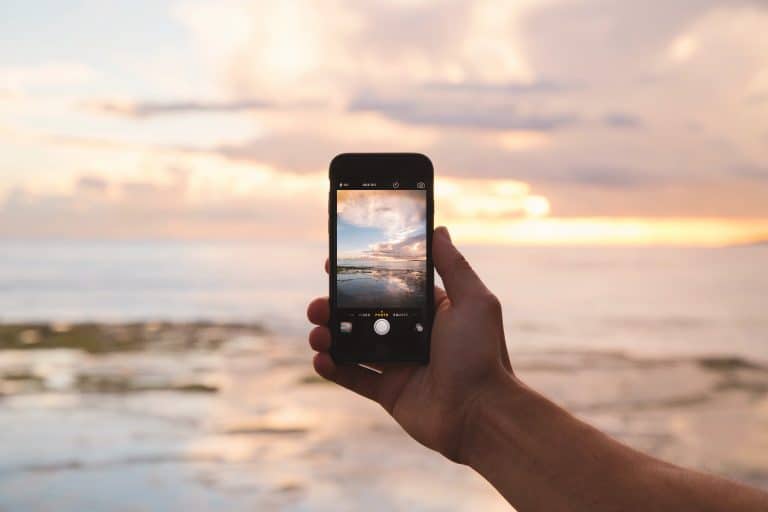Which smartphone is the best for professional photographers? Our top 3
If you want professional results that cannot be distinguished from a DSLR camera, you have come to the right place. We have done extensive research on recent Smartphones and their photography capabilities. The best camera phone will be able to take photographs that leave you breathless. They combine ease of use, versatility, size, and small design into one device.
We have looked into taking pictures in different modes and from all lenses. It, combined with a spec overview, results in our top phones for professional photographers. You will also read about battery life, micro SD slots, and video quality to complete this overview.
➤ This post may contain affiliate links, purchases made through affiliate links may provide a commission for smartphone photography at no extra cost. Of course, all opinions remain our own. Please read the Privacy Policy for more info.
What are the best smartphones for professional photographers in 2021?

1 Huawei P40 Pro Plus
Best photo Smartphone, according to TIPA World Awards 2020.
The P40 series from Huawei take another great leap forward in the smartphone camera world. It was a tough competition at the Technical Image Press Association World Awards. Still, the P40 Pro Plus won because of its superior optical zoom, massive primary sensor, and consistent overall performance. https://www.tipa.com/en-en/awards/huawei-p40-series
Specifications
- Display: 6.58-inch OLED, with rounded corners
- Processor: HiSilicon Kirin 990
- Refresh rate: Up to 90Hz frame refresh rate
- Resolution: 2,640 x 1,200 pixels
- RAM: 8GB
- Storage: 256GB
- Expendable: Yes, up to 256 GB via NM SDCard
- Primary camera: 50MP f/1.9, 23mm (RYYB) with OIS
- Second camera: 40MP f/1.8 ultra-wide cine camera, 18mm with OIS
- Third lens: 12MP f/3.4, 80mm, 5x telephoto camera with 5x optical zoom, 10x hybrid zoom, and 50x Max zoom with OIS
- Fourth lens: Depth sensor, 3D ToF for professional-level bokeh effects
- Fifth lens: Color temperature sensor, 8 color channels multi-spectrum
- Front camera: 32MP f/2.2, 26mm, IR sensor
- Fingerprint sensor: Yes, as well as face unlock
- Video: 4K @ 60fps, 1080 Full HD @ 960fps
- Battery: 4200 mAh
- Software: EMUI 10.1 (Based on Android 10)
- Weight: 209 grams, including battery
- Dimensions: 6.23 x 2.86 x 0.35 inches, 72.6 x 185.2 x 8.95 mm
- Headphone Jack: Yes, USB Type-C ear jack
- TurboPower for superfast charging: Yes, Huawei SuperCharge (max 40 W)
- Wireless Charging: Yes, Huawei SuperCharge (max 40 W)
- 5G Connectivity: Yes
- Water-resistant: Yes, IP68 water and dust resistant (tested at 1.5 meters for 30 minutes)

Camera
The P40 Pro Plus standout feature is the camera. So why are the images of the P40 Pro+ so amazing? The thing that makes this smartphone system unique is its true 10x optical zoom (link with an anchor). It might not sound like much, but it is a huge deal.
10x optical zoom
Many smartphone flagships can achieve extreme zoom range, but there’s a difference we like to point out to you. For example, the Galaxy S20 Ultra can achieve up to 100x digital zoom. It is not the same as a 10x optical zoom in the P40 Pro Plus. Optical zoom has no loss in quality, while digital zoom will either lower the resolution or crops your photo to appear closer. Images taken at 10x optical zoom are quite good. They are a bit softer than at 1x or 3x zoom, but still very impressive.
Low-light performance
The low-light performance of the P40 Pro Plus is astonishing. Even in a room with hardly any light, the camera was able to capture the scene. If you need even better results, you can use the dedicated night mode.
Huawei has put an industry-leading 1/1.28 inch image sensor with 2.44μm pixel size in the P40 series. Combined with the RYYB color filter, it brings light, high dynamic range, and low noise. Other noteworthy features include AI-powered white balance algorithms, including skin-tone and texture. Not to mention a total of seven cameras!

What is an RYYB color filter?
RYYB is an abbreviation for Red, Yellow, Yellow, Blue filter pattern. Yellow filters transmit a broader spectrum of lights through the photoreceptor. The camera will have more information to work with and to create the image. Therefore it will have significantly improved low-light and autofocus performance.
What does 2.44 μm pixel size mean?
The pixel size in microns says something about the capacity of the sensor to collect light. The larger the sensor, the more significant the amount of light stored in the image. In this case, 2.44 μm (micron), we are talking about large pixel size. The larger the pixel size, the more light can be stored, the less noise you will get in your photos. Together with the sensor size, you can (roughly) calculate the resolution.
Ultra wide-angle lens
Other cameras tend to suffer in image quality once the sun sets, and good lighting becomes harder to find. The P40 Plus Pro can maintain its standard because of a more pixel-dense setup with a 40MP lens, a larger image sensor, and the same RYYB sensor that powers the primary camera.
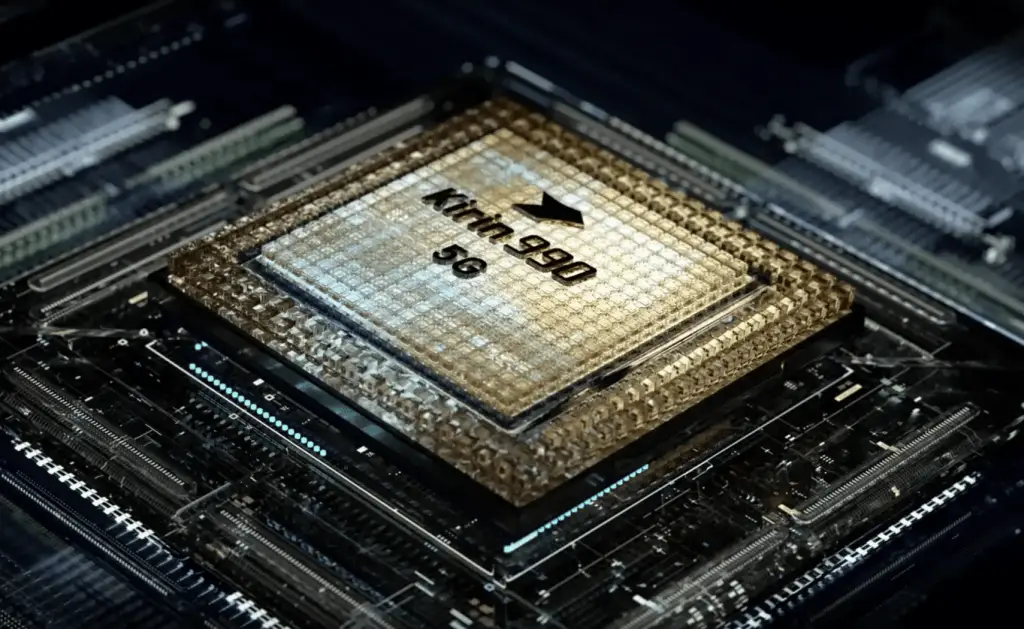
Value
The Huawei P40 Pro Plus cameras are a magnificent engineering and innovation piece, but the lack of Google Play Services might make it a difficult choice for some photographers. Huawei’s P series has always been on top of their class, with fantastic performance, excellent battery life, and innovative camera lenses, software, and systems.
Pros and cons of the Huawei P40 Pro Plus
We could go on and on about the pros of this magnificent phone. It is an excellent choice for professional smartphone photographers, but it has one big issue. The Huawei P40 Pro Plus does not have Google Mobile Services installed, which means no Google Play, Google Maps, pr any other Google Apps or Services. Instead, the phone uses the Huawei App Gallery, built on Android 10 with Huawei’s own EMUI 10.1 user interface.
Pros
Cons
What do other photographers say about the P40 Pro Plus?
Even photographers are enthusiastic about the P40 Pro Plus. Some even wrote that they could not see the difference between images taken with a DSLR camera in manual mode without any adjustments. We also saw people say it was the most impressive camera used on the phone.
Although the dynamic range is not the same as a DSLR camera, you can get pretty decent images from your P40 Pro Plus. There are some advantages of using a high-end smartphone over a traditional camera. You can quickly charge the phone with supercharging, use extra Memory to store your photos, and edit on the go with editing apps like Lightroom, Snapseed, and VSCO.

Prices
It might not be easy to get your hands on a Huawei P40 Pro Plus in the United States. But you can always import the phone from Asia. Both Banggood and Aliexpress have decent customer service and have the P40, P40 Pro, and P40 Pro+ available for a reasonable price.
If the price is too steep for your wallet, give the P40 and P40 Pro a look. They are trustworthy smartphones with exceptional cameras as well.
Is Huawei P40 Pro Plus worth buying?
The P40 of Huawei is nothing short of a perfect camera phone! The manufacturer takes the P series’s main focus, the camera, to a new level. The camera sensor is massive; combined with a 90Hz screen, periscope lens, and unique aesthetics, it is a winner and definitely worth buying.
Unfortunately, there is one big handicap, it no longers gets support from the US government and thereby Google. The hardware strengths might not weigh up to this handicap. If you are not set on Google services, you will get an excellent camera phone. When you rely on Google apps, you should skip this new Huawei model and settle for last year’s brilliant and Google-powered P30 Pro.

iPhone 12 Pro Max
This new iPhone generation just arrived on the market, and there is not a lot of experience using this new powerhouse smartphone from Apple. But we did some research and came up with the ever so essential specs and capabilities. The Pro Max won’t be available until November 13th, but you can preorder your device here.
With 5G support, a new design with flat edges, and improved cameras, the iPhone 12 Pro Max is an excellent device in this next generation of iPhones. There is one big difference in this new generation. It will be the first time Apple releases four new iPhones simultaneously; the iPhone 12, iPhone 12 Mini, iPhone 12 Pro, and iPhone 12 Pro Max.
If you are looking for the best camera features with a large screen, go for the iPhone 12 Pro Max.
Specifications
- Display: 6.7 inches Super Retina XDR display (OLED) with rounded corners and Ceramic Shield glass in a stainless steel frame.
- Processor: Hexa-core, 64-bit, 5 nm
- Refresh rate: 60Hz
- Resolution: 2778‑by‑1284-pixel resolution at 458 PPI
- RAM: undisclosed
- Storage: 128GB, 256GB, or 512GB
- Expendable: No
- Primary camera: 12MP wide-angle, f/1.6
- Second camera: 12MP ultra-wide-angle, f/2.4 120° field of view
- Third lens: 12MP telephoto, 5x optical zoom (12x digital zoom), f/2.2
- Fourth lens: LiDAR scanner, time-of-flight sensor
- Fingerprint sensor: Face ID for facial recognition
- Video: 4K at max 60fps, 1080 HD at max 60fps
- Battery: 3,687 mAh (smaller than iPhone 11 Pro Max)
- Software: iOS 14
- Weight: 8.03 oz, 228 grams
- Dimensions: 6.33 x 3.07 x 0.29 inches / 160.8 x 78.1 x 7.4 mm
- Headphone Jack: No, you can use Apple AirPods Pro
- TurboPower for superfast charging: Yes, up to 50% charge in around 30 minutes with 20W adapter or higher
- Wireless Charging: Yes, MagSafe wireless charging up to 15W and Qi wireless charging up to 7.5W
- 5G Connectivity: Yes
- Water-resistant: IP 68, maximum depth of 6 meters up to 30 minutes
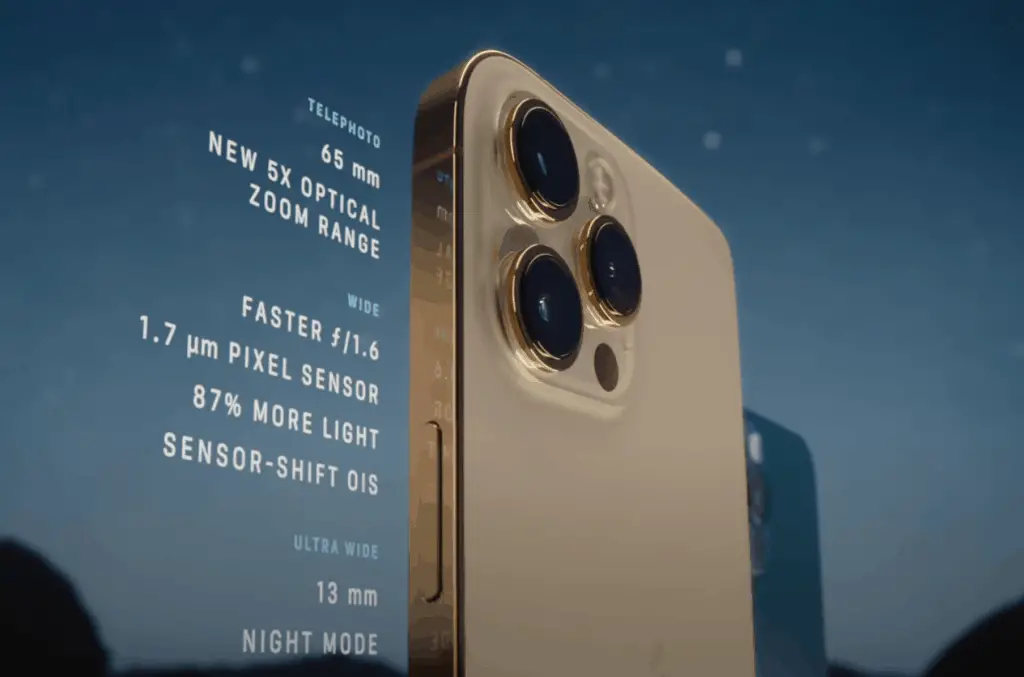
Camera
How many cameras does the iPhone 12 Pro Max have?
The iPhone 12 Pro Max has a triple rear camera array similar to the iPhone 11 Pro setup. However, it comes with some noticeable improvements like a telephoto lens with a 4x optical zoom.
So the largest iPhone of 2020 has three cameras on the back. The primary camera with 12MP is supported by a 12MP wide-angle lens and a 12MP telephoto lens.
- Primary camera lens: wide-angle, 12 MP, f/1.6, 26mm, 1.7µm, dual pixel PDAF, sensor-shift OIS
- Second camera lens: telephoto, 12 MP, f/2.2, 65mm, 1/3.4″, 1.0µm, PDAF, OIS, 2.5x optical zoom
- Third camera lens: 12 MP, f/2.4, 120˚, 13mm (ultrawide), 1/3.6″
- Fourth lens: Time of Flight (TOF) 3D LiDAR scanner (depth sensor)
Thanks to the new LiDAR sensor (which we know from the iPad Pro 2020), the iPhone 12 Pro Max can measure the distance between the object you want to capture and the camera. It provides a great experience in augmented reality apps and even better photos in portrait and night mode. You can achieve beautiful bokeh with the cameras of your new iPhone 12 Pro Max.
The camera autofocus of the new iPhone 12 Pro Max has also been improved. As an iPhone user, you notice this immediately when you focus on a person or object: this is a lot faster than before. You can use this to your advantage while shooting images of moving objects or people!
Does the iPhone 12 pro max have optical zoom?
The iPhone 12 pro max has 2.5 optical zoom in the telephoto lens, which means you can physically zoom in 2.5 times. It gives far better results than the cropping capabilities or necessity of digital zoom.
Unfortunately, it is not as big a zoom function as the 5 x optical zoom of the Samsung Galaxy S20 or the 10x optical zoom of the Huawei P40 Pro Plus. Still, it gives you great zooming results and as we have mentioned before, zooming with your feet is the best possible zoom!
Do the iPhone 12 series have night mode?
The new iPhone 12 smartphones have a night mode. Apple has worked on improving the dedicated night mode. For example, you can now use portrait mode for beautiful photos of people and pets in low-light situations.
There are many smartphone photographers enthusiastic about the new iPhone 12 devices, as are we. Some even say it is the first serious competitor to DSLR cameras from the Apple designers.
What are the differences between the iPhone 12, Mini, Pro, and Max?
You might want to choose a cheaper iPhone 12 than the iPhone 12 Pro Max because of your budget. We have put together a table in which you can easily see the differences between all four versions of the iPhone 12.
[table id=9 /]
Pros
Cons

Prices
The iPhone 12 Pro Max is an exceptionally exciting smartphone with a fantastic camera array, but you will have to break the bank to purchase the device.
Preorders start from November 6th, and prices start from $1099, according to Apple.
Is the iPhone 12 Pro Max worth buying?
The iPhone 12 Pro Max is definitely worth buying if you want to go pro in smartphone photography. A longer zoom, a bigger image sensor, and vastly improved night and portrait mode will make for super sharp and professional images.
All these specs combined with blazing-fast speed, modern and sleek design and the toughest screen on any device make for an excellent smartphone for photographers. Remember, though, there is no battery charger or pair of in-ear headphones included in the box.

Samsung Galaxy S20 Ultra 5G
The newest flagship smartphone of Samsung is something special. It shows off its camera features with a 108MP sensor as the cherry on the cake. All cameras, including the front-facing lens, take excellent sharp, colorful images. On paper, the S20 Ultra looks unbeatable. Let’s have a closer look at this top-end camera phone from Samsung.
Specifications
- Display: 6.9″ Quad HD+ Dynamic AMOLED 2X
- Processor: Samsung Exynos 990 or Qualcomm Snapdragon 865 CPU
- Refresh rate: 120Hz refresh rate support
- Resolution: 1440×3200 pixels
- RAM: 12 or 16 GB
- Storage: 128 GB / 256 GB / 512 GB
- Expendable: Yes, with microSD up to 1 TB
- Primary camera: 12MP Ultra Wide Camera, pixel size 1.4μm, FOV 120˚, f/2.2
- Second camera: 108MP Wide-angle Camera, pixel size 0.8μm, FOV 79˚, f/1.8
- Third lens: 48MP Telephoto Camera, FOV 24˚, f/3.5
- Fourth lens: DepthVision Camera
- Front camera: 40MP, 0.7μm pixel size (10MP 1.4μm), FOV 80˚, f/2.2
- Optical zoom: Yes, 10x hybrid optic zoom
- Video: 8K video recording at 24 fps, 4K UHD video recording at 60 fps, and 1080p FHD video recording at 60 fps
- Fingerprint sensor: Yes, and face recognition
- Battery: 5000 mAh
- Weight: 7.7 ounces, 222 grams
- Dimensions: 166.9 x 76.0 x 8.8mm
- Headphone Jack: No, but it comes with a USB Type-C connector for the use of earphones through the charging port
- TurboPower for superfast charging: Yes
- Wireless Charging: Yes, fast wireless charging 2.0
- 5G Connectivity: Yes
- Water-resistant: IP68, 1.5 meters of fresh water for up to 30 minutes, not advised for beach or pool use
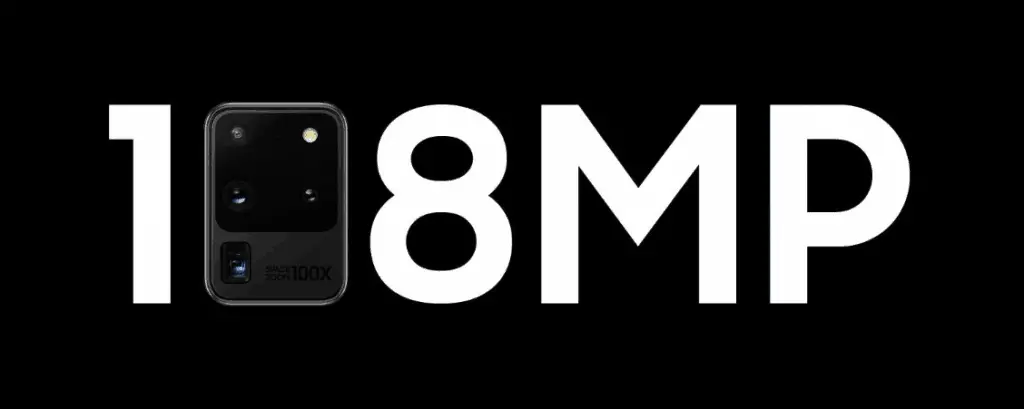
Camera
First things first, we will have a look at one of the world’s first 108MP cameras. It is a fascinating feature of the S20 Ultra. Read more about 108MP camera phones in this article.
Samsung has put a lot of time and effort into developing the 108MP sensor. They see photography as one of the main reasons to buy the Galaxy S20 Ultra. You probably won’t take all your images in 108MP; they take too much storage as a default photo setting (around 11 to 16MB). In automatic mode, photos resolve to 12MP photos.
But what does 108MP mean?
Do that many pixels truly make a significant impact on the outcome of your photographs? Keep in mind; more megapixels do not necessarily mean better pictures. Megapixel refers to the resolution or size of an image. A little over one million pixels together make up for a megapixel. The data collected in a pixel contains good and bad information (noise). To make a high amount of pixels work, you need a big sensor or smaller pixels to fit. Smaller pixels are affected by noise more quickly than bigger pixels.
The Samsung Galaxy S20 Ultra is, in fact, a small-sensor camera with a high megapixel count. But in the context of phone cameras, the sensor is pretty huge. The S20 Ultra has the same 0.8-micron pixel size as its 48MP and 64MP megapixel sensors. Given the f/1.8 aperture, this phone has more pure light gathering than other high megapixel phones on the market.
The Samsung Galaxy S20 also stands out for its other advanced cameras. With a standard, wide-angle, telephoto lens with a 10x optical zoom and time-of-flight sensor, you will have the right camera for all situations. You can create razor-sharp photos during the daytime as well as nighttime.

Pros
Cons
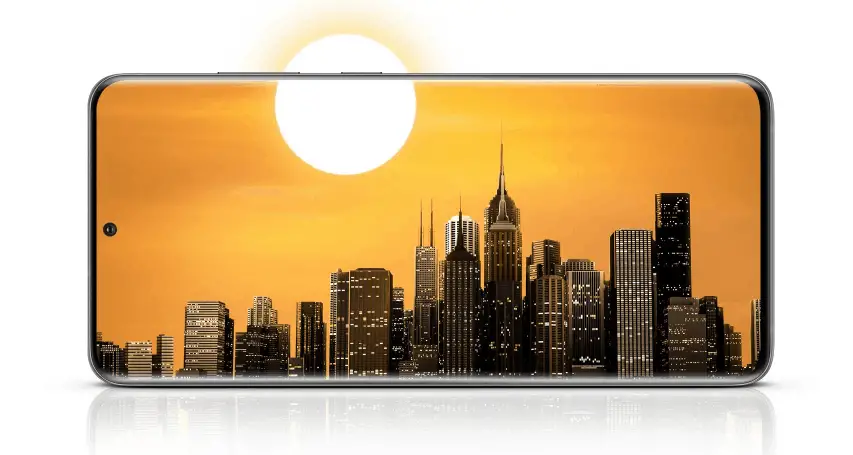
What do other photographers say about the S20 Ultra
Many photographers think the S20 Ultra is a fantastic camera phone with a zoom function that blows every other smartphone camera out of the water. The basic photo and video quality fare well against the other favorites in the market (Google Pixel, iPhone, and Huawei). People think it is a phone for tech lovers that won’t mind paying for the extra camera features Samsung offers with this device. You will, however, have to pay the ultra price to obtain this S20 Ultra phone.
Is the Samsung Galaxy S20 Ultra worth buying?
The Samsung Galaxy S20 Ultra is a good investment because of its stunning camera performance, crazy zoom function, powerful battery, regular software updates, and 5G capability. But it is costly for some of us. If you love tech and want to make the best images and videos possible, the S20 Ultra is worth it.
Final thoughts on smartphones for photographers
As you have read in this article, manufacturers are pushing the boundaries of camera phones technology. Often these devices can deliver better results than a professional camera in your kit.
Screens are bright, sensors are getting more powerful, and the pixel count and quality are rising. The best camera phones are very convenient for shooting and editing images on the go. They are tiny and lightweight in comparison with all DSLR cameras. Awe-inspiring apps like Lightroom, Snapseed, and VSCO will help you get the professional results you seek.
Smartphone technology is evolving quickly, so the list of best smartphones for photographers will be ever-changing. So we will keep on doing research and share our findings with you in the next blog posts.

